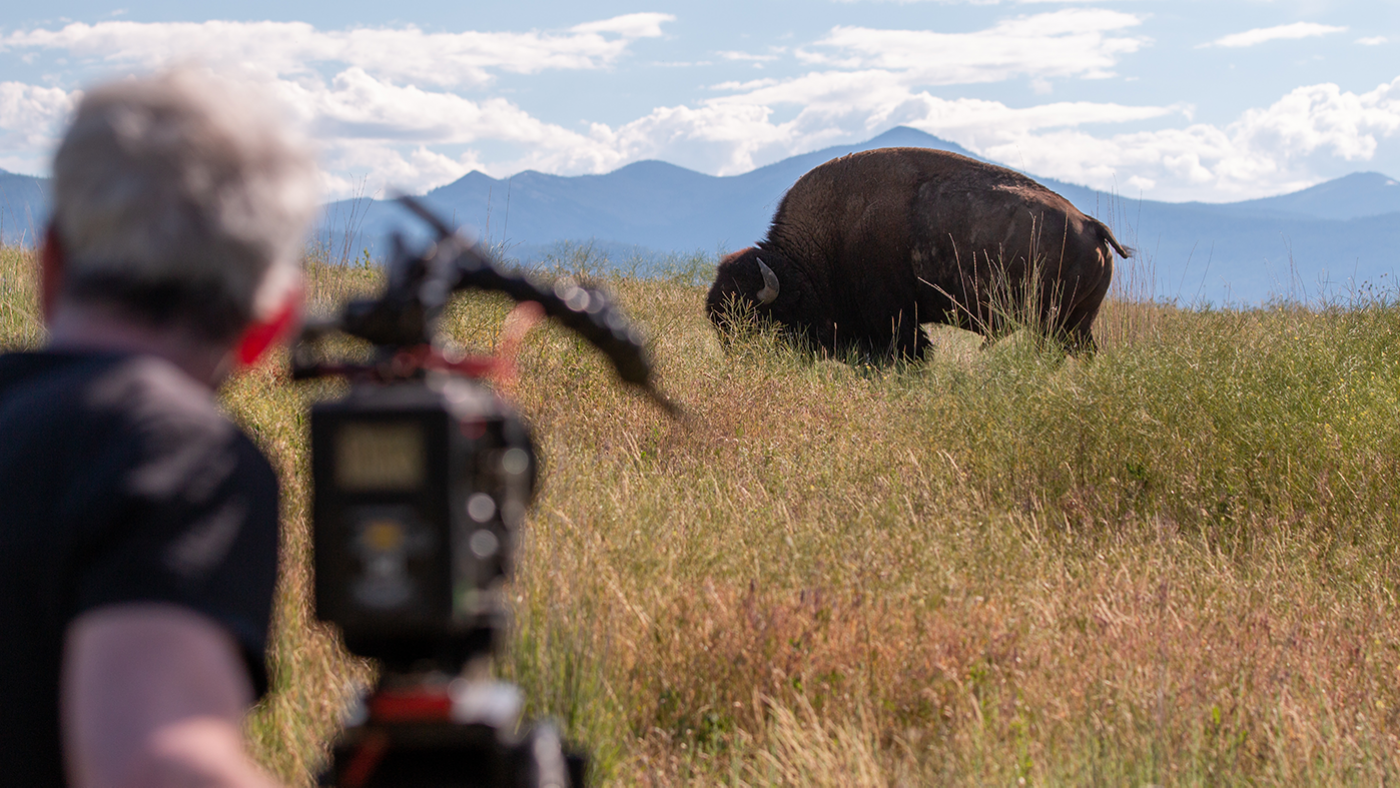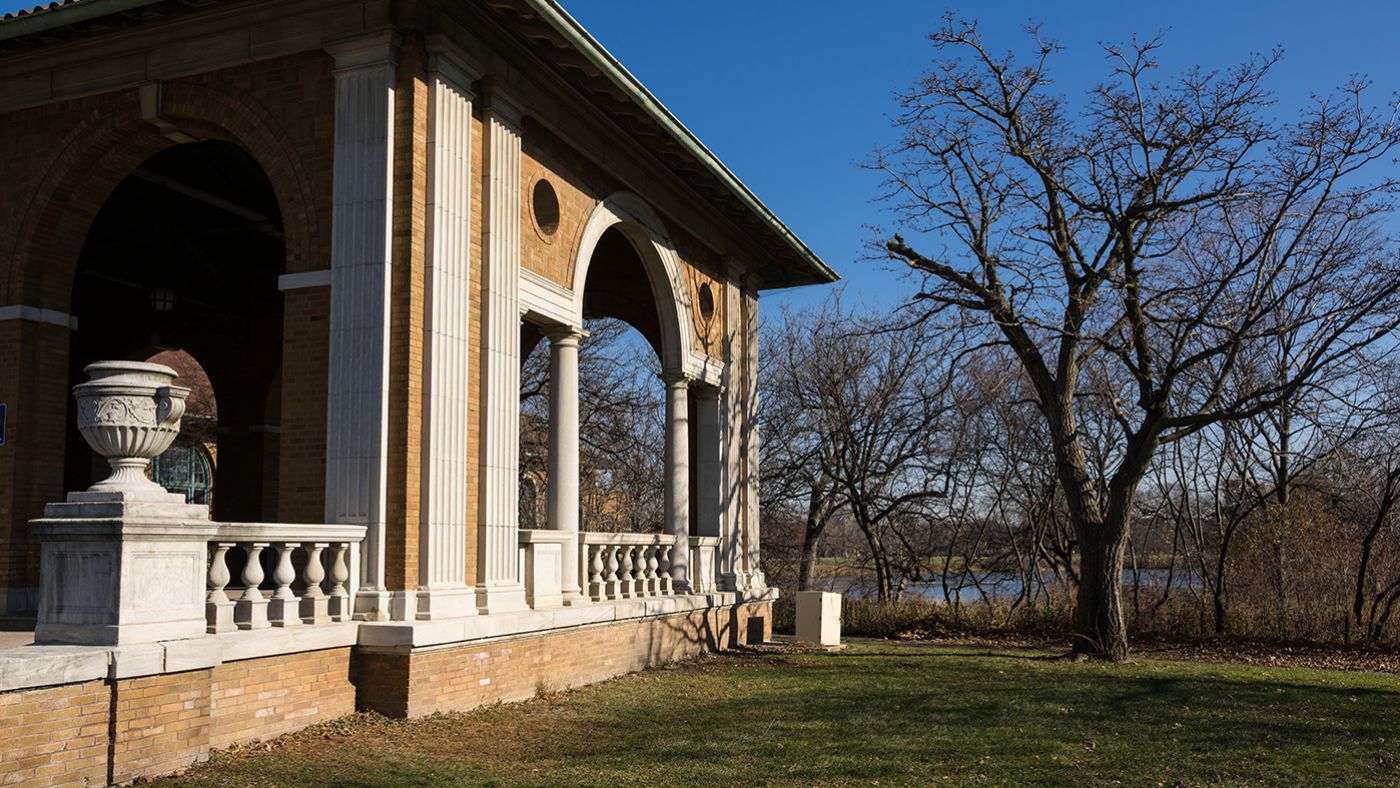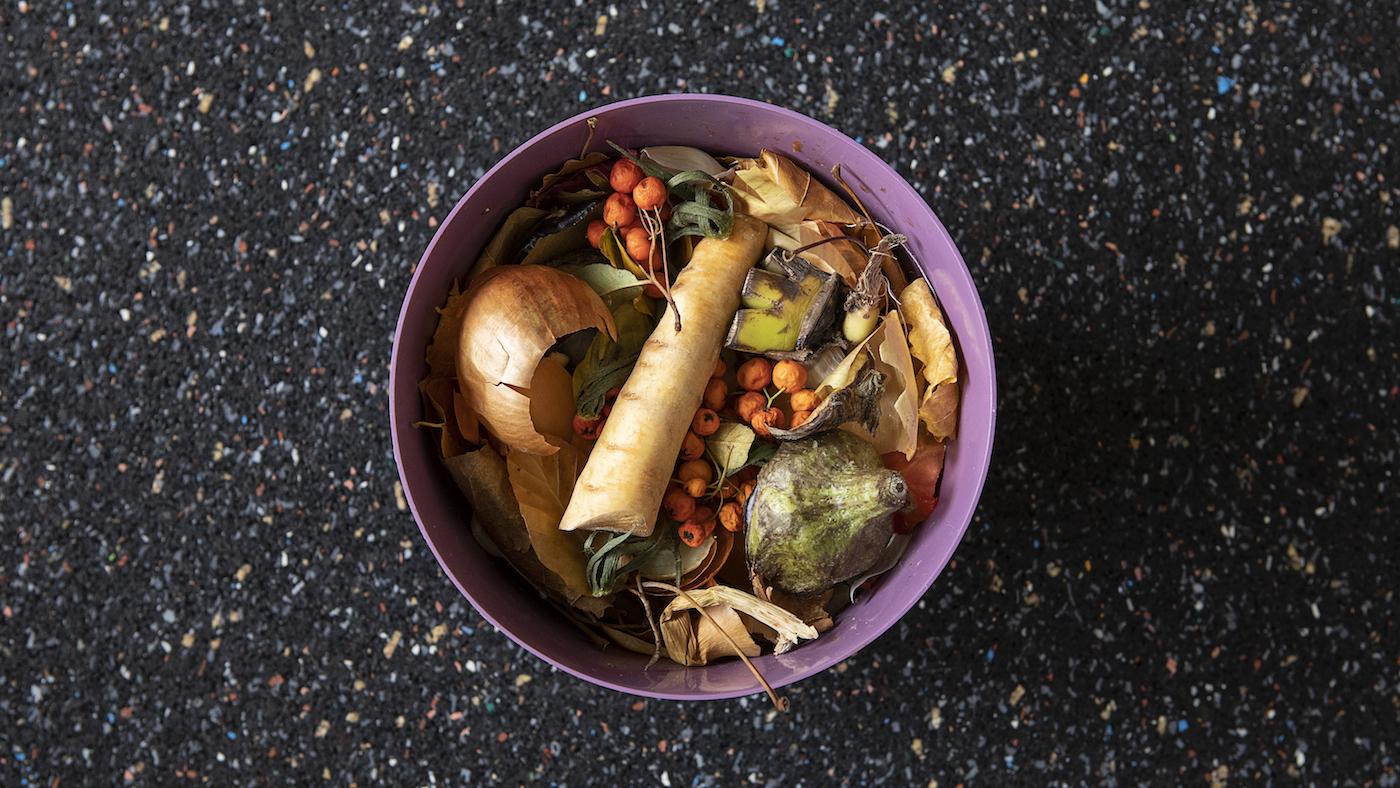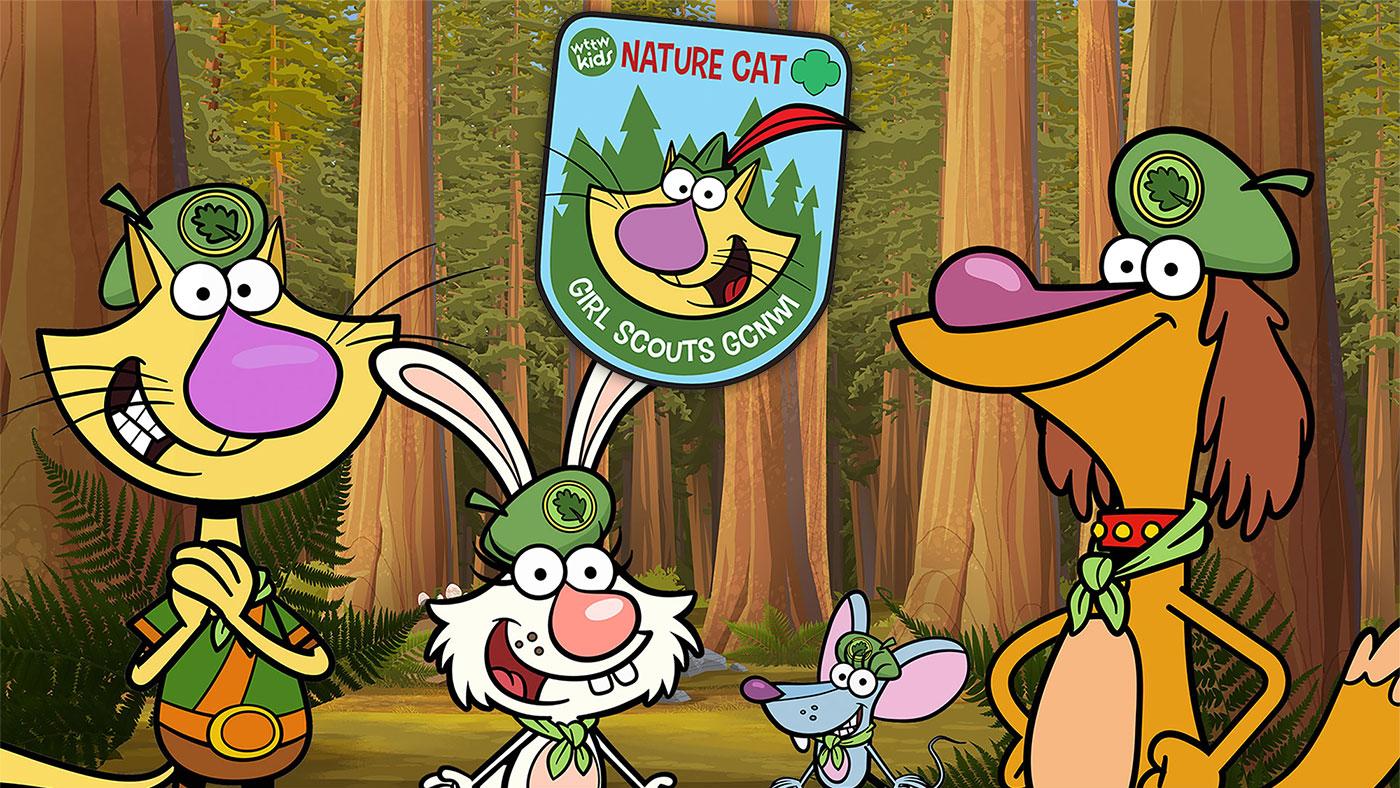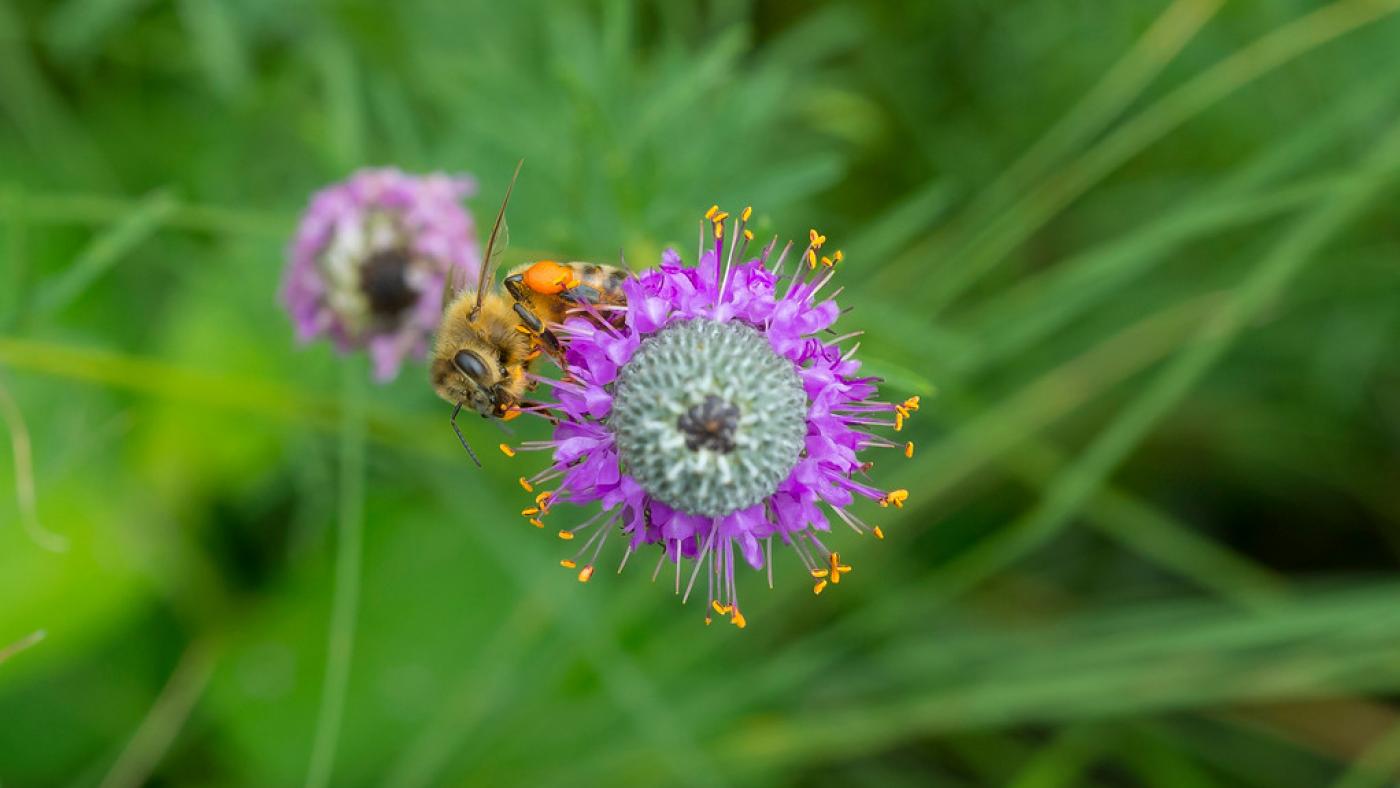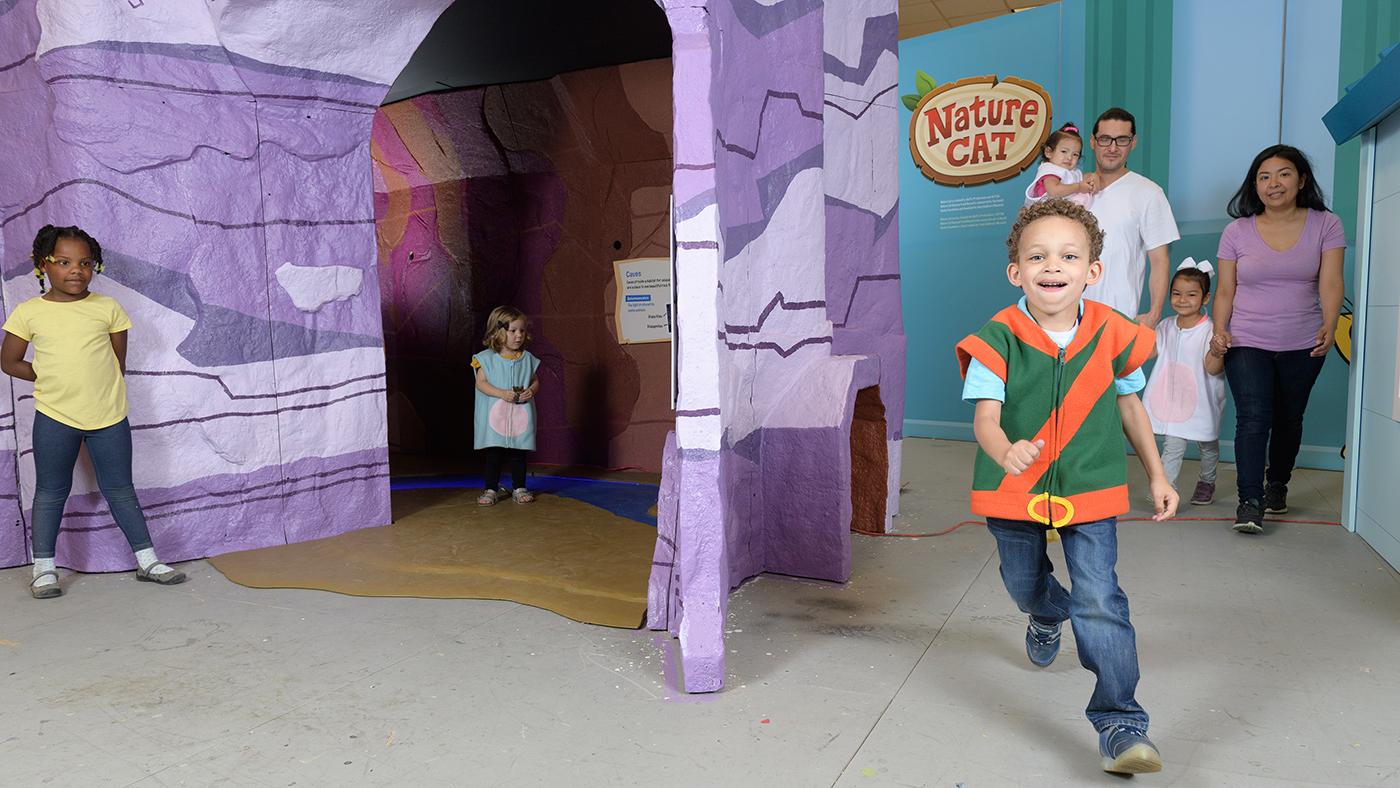The Secret Life of Animals: An Interview with a Producer of 'Spy in the Wild'
Daniel Hautzinger
March 1, 2017
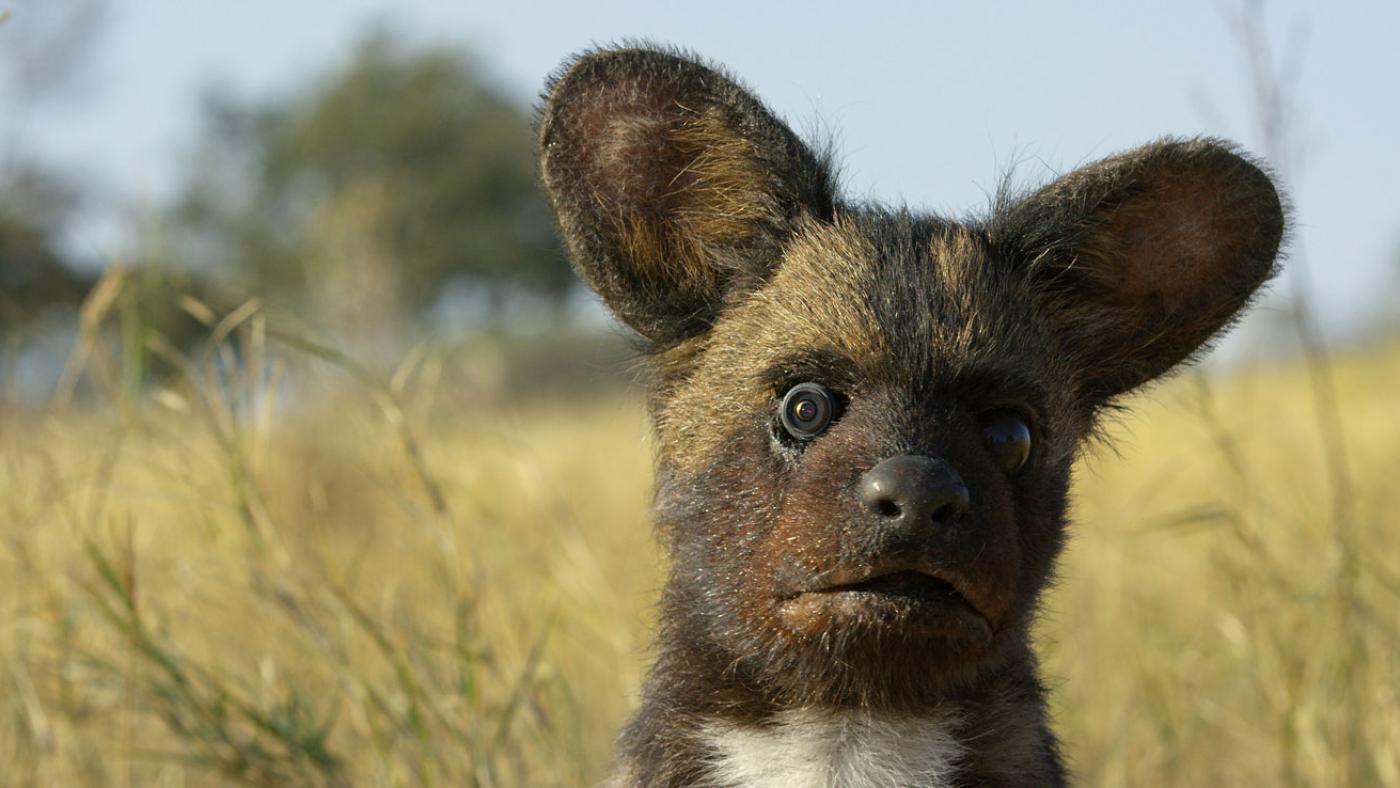
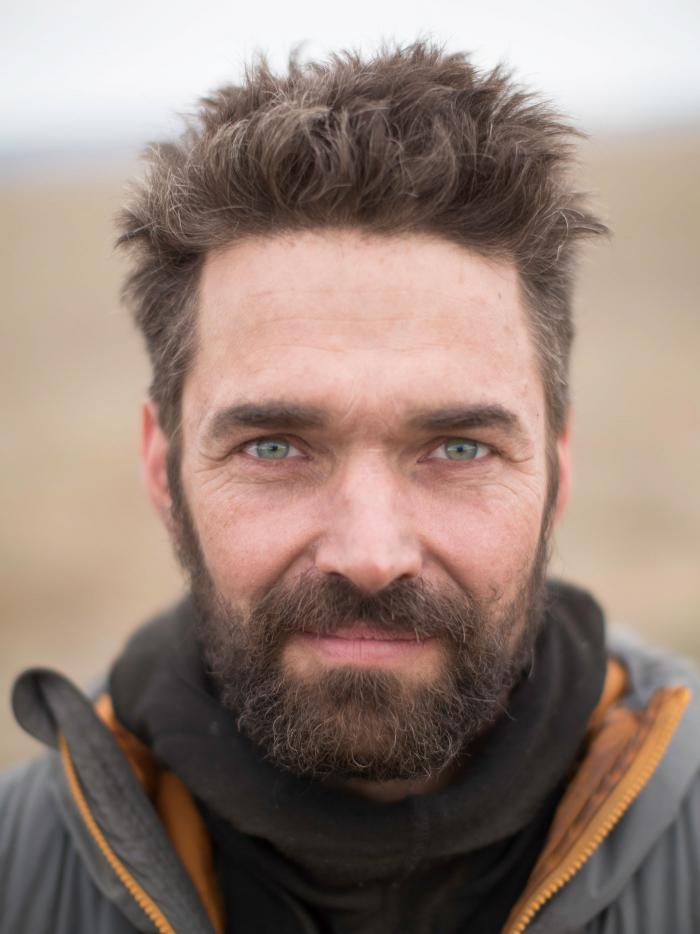 Series Producer Philip Dalton. (Courtesy of © John Downer Productions)The Nature miniseries Spy in the Wild captures a uniquely intimate view of animals. The five-part series reveals the incredibly humanlike behavior of animals using 34 "Spy Creatures," robots designed to look, move, and sound like real animals. Each episode explores a different aspect of animal behavior: love, intelligence, friendship, and bad behavior. We spoke with series producer Philip Dalton about the spies, their benefits, and his favorite moments from the series.
Series Producer Philip Dalton. (Courtesy of © John Downer Productions)The Nature miniseries Spy in the Wild captures a uniquely intimate view of animals. The five-part series reveals the incredibly humanlike behavior of animals using 34 "Spy Creatures," robots designed to look, move, and sound like real animals. Each episode explores a different aspect of animal behavior: love, intelligence, friendship, and bad behavior. We spoke with series producer Philip Dalton about the spies, their benefits, and his favorite moments from the series.
What do spy creatures add to a nature documentary?
“The aim really is to try and get the cameras into the heart of the animal family so we can experience their lives in a very personal, intimate zone. By doing that, the viewer becomes more engaged emotionally with the characters of those animals.”
How have spy cameras evolved over time?
“We’ve been using remote cameras for many years now. It started with a boulder in a lion’s den which got very close-up images of the cubs with the lioness. The turning point was when we did a Spy in the Huddle, a documentary on penguins. In a jovial mood, we boldly and rather recklessly suggested a walking penguin camera. We all realized how ridiculous that sounded, but then we thought, ‘Now hold on, that’s actually a good idea.’ Because getting shots inside a penguin colony is very difficult since they’re so tightly packed together. If we had a walking penguin, it could walk right into the heart of the colony. And it worked.”
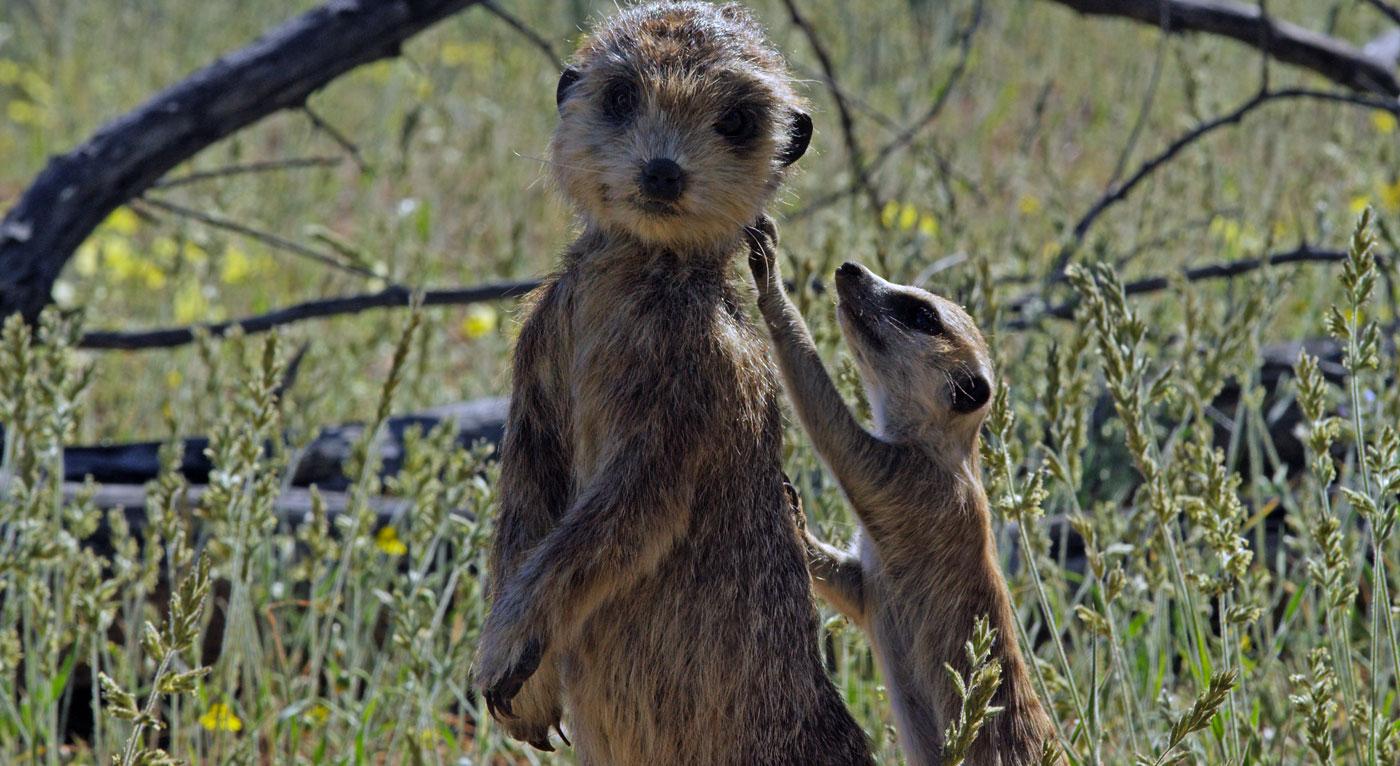 The spy meerkat was "anointed" with droppings in order to give it a familiar scent. (Courtesy of Richard Jones/© John Downer Productions)Are the spy creatures accepted by the real animals?
The spy meerkat was "anointed" with droppings in order to give it a familiar scent. (Courtesy of Richard Jones/© John Downer Productions)Are the spy creatures accepted by the real animals?
“For the meerkats, a scientist we consulted suggested that we try and make the spy smell like the group we were filming, because meerkats are very curious, intelligent, and territorial. So we gathered droppings from the colony and anointed our meerkat. When we deployed the robot, the colony initially reacted exactly the way they would to an outsider: they approached it in a group with their tails held high: intimidation behavior. But there was a very big shift in their behavior once they got the smell of it. They visibly relaxed, the tails went down, they realized it wasn’t a threat. That’s when the magic happens, when you start getting very relaxed, natural behavior.”
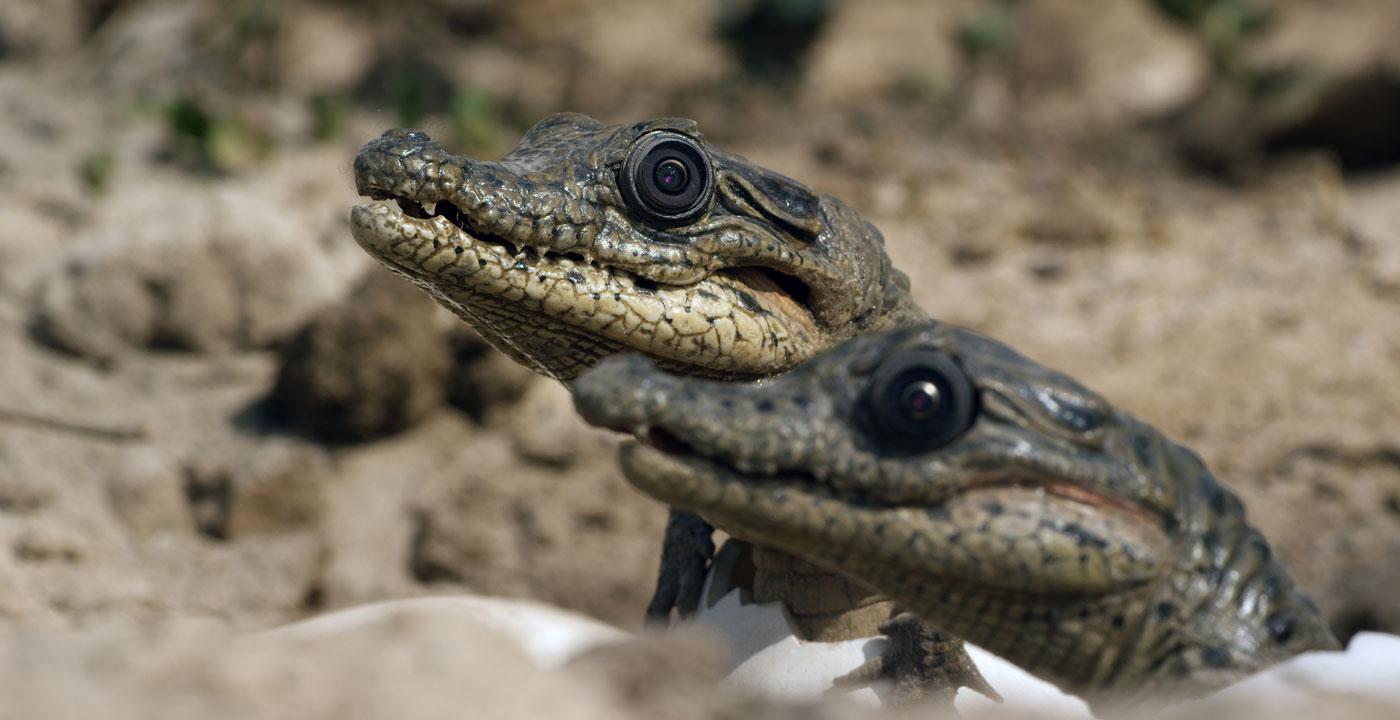 The spy creatures are incredibly lifelike, and some even move and sound like their real-life counterparts. (Courtesy of Michael W. Richards/© John Downer Productions)Were any spies rejected or destroyed?
The spy creatures are incredibly lifelike, and some even move and sound like their real-life counterparts. (Courtesy of Michael W. Richards/© John Downer Productions)Were any spies rejected or destroyed?
“Amazingly, we didn’t get many that were trashed. I think that’s a testament to the combined efforts of the model makers and the roboticists, and to the consulting of animal scientists.”
How did you decide what animals to film?
“We do have our favorites. For example, I was quite keen to include the wolves and the wild dogs in the “Love” and “Friendship” programs. Pack animals are fantastic examples of collaboration and a family dynamic. Every time people experience wild dogs on TV, the focus is usually around the hunt. But the hunt is just a tiny part of what wild dogs are all about. The camaraderie, the close personal bonds, and the care and devotion that goes into rearing the pups: that’s where the real story is.”
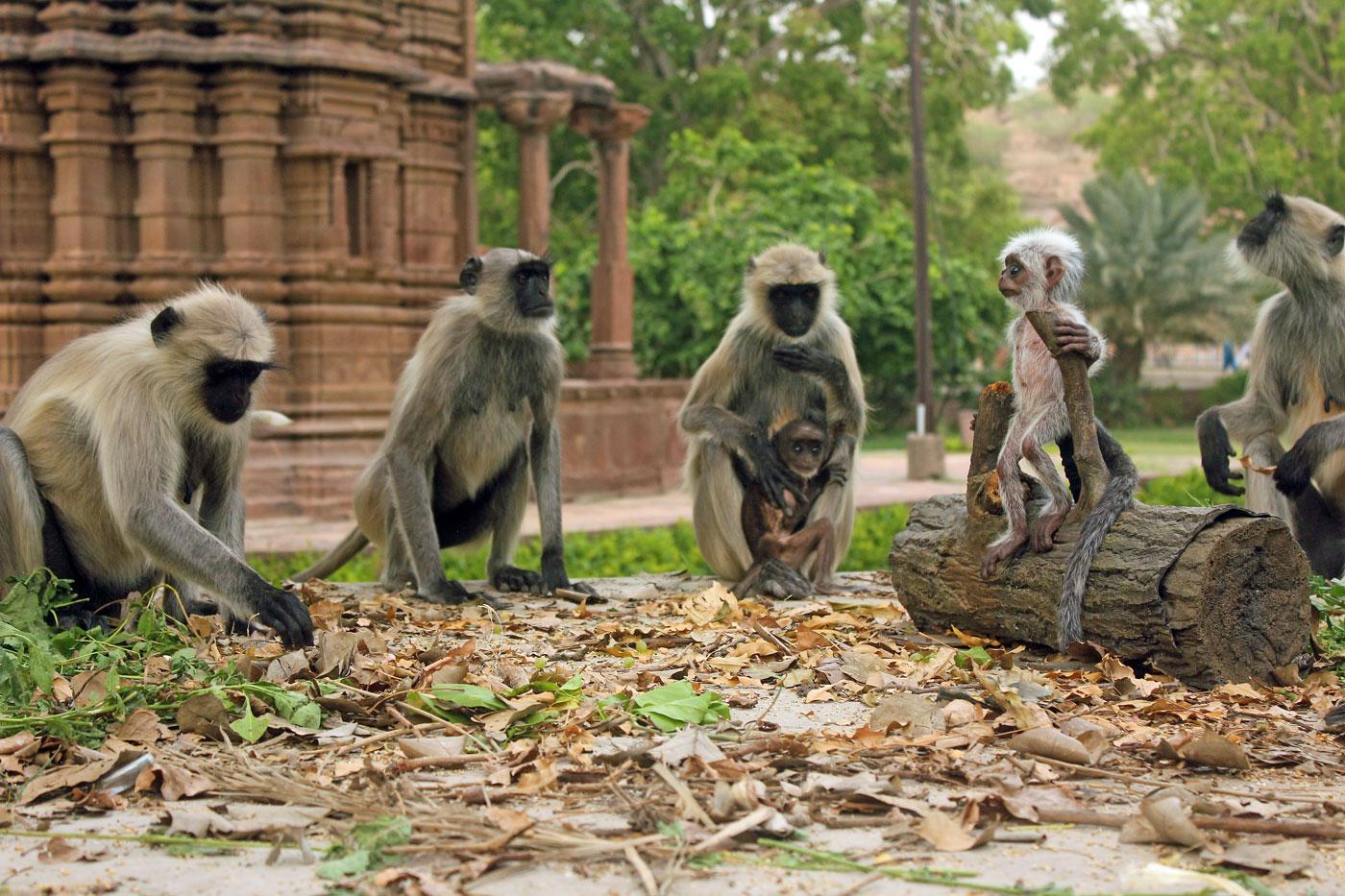 'Spy in the Wild' gives glimpses of family bonds and emotions in animals. (Courtesy of Matthew Gordon/© John Downer Productions)What was your goal in making this series?
'Spy in the Wild' gives glimpses of family bonds and emotions in animals. (Courtesy of Matthew Gordon/© John Downer Productions)What was your goal in making this series?
“Fundamentally, our goal was to see behavior that you can relate to. There was one scientist we worked with when we filmed the chimpanzees, who has studied them for years. When we showed her the footage, she was visibly in awe. She said, ‘Oh my word, I’ve never seen them this close. They are so much like us.’ You’re seeing all these emotions in quite a powerful way. You start to make these links between us and the animals. For us as filmmakers, our ultimate goal is to try and create empathy between the viewer and the subject so people can care.”
What is your favorite moment in the series?
“The best moments are the ones that take you completely by surprise. We had a great moment where we followed the story of a young chimp that had found a genet kitten and adopted it and treated it like a pet. It was clearly very tender and gentle to it, and took it everywhere. For us, that was a wonderful insight into the origins of empathy for another species. There aren’t many examples in the animal kingdom of that. I think that’s such a valuable thing for people to see and acknowledge. That it’s not just us that have this way of thinking and these emotions. It can only hopefully do good for everyone’s understanding of animals outside the human race.”
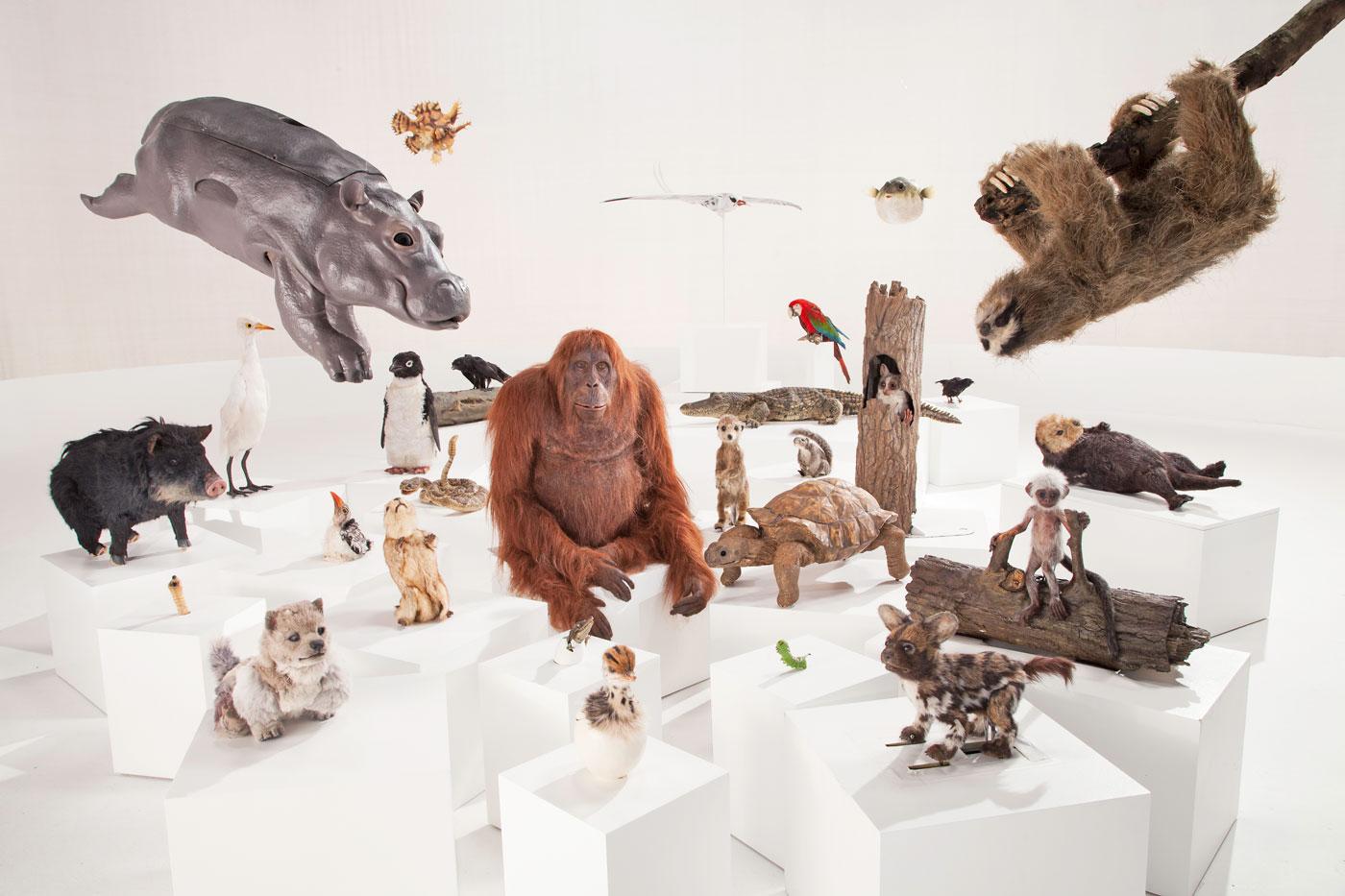 'Spy in the Wild' features episodes on love, intelligence, friendship, and bad behavior. (Courtesy of Stephen J. Downer/ © John Downer Productions)
'Spy in the Wild' features episodes on love, intelligence, friendship, and bad behavior. (Courtesy of Stephen J. Downer/ © John Downer Productions)

